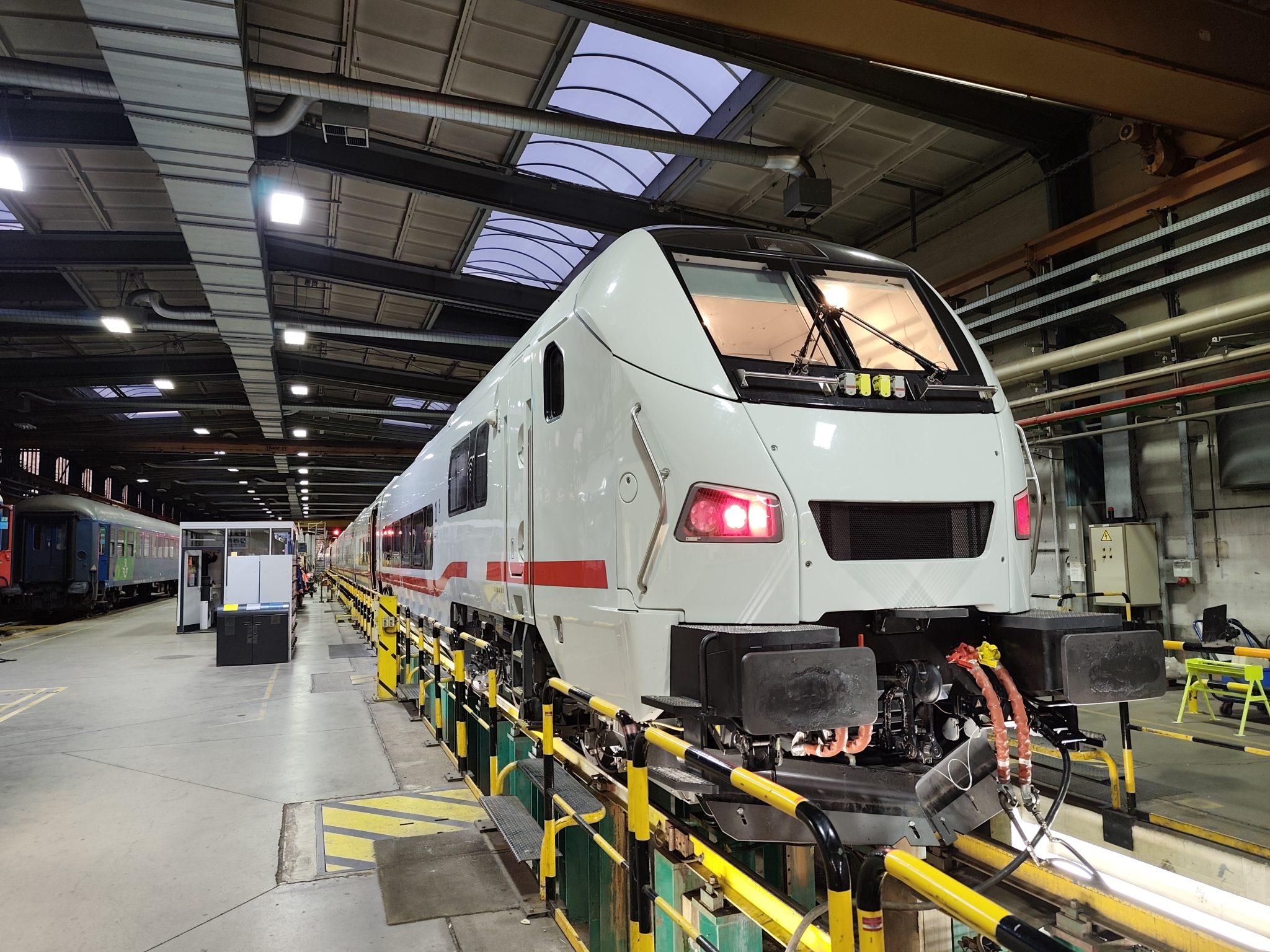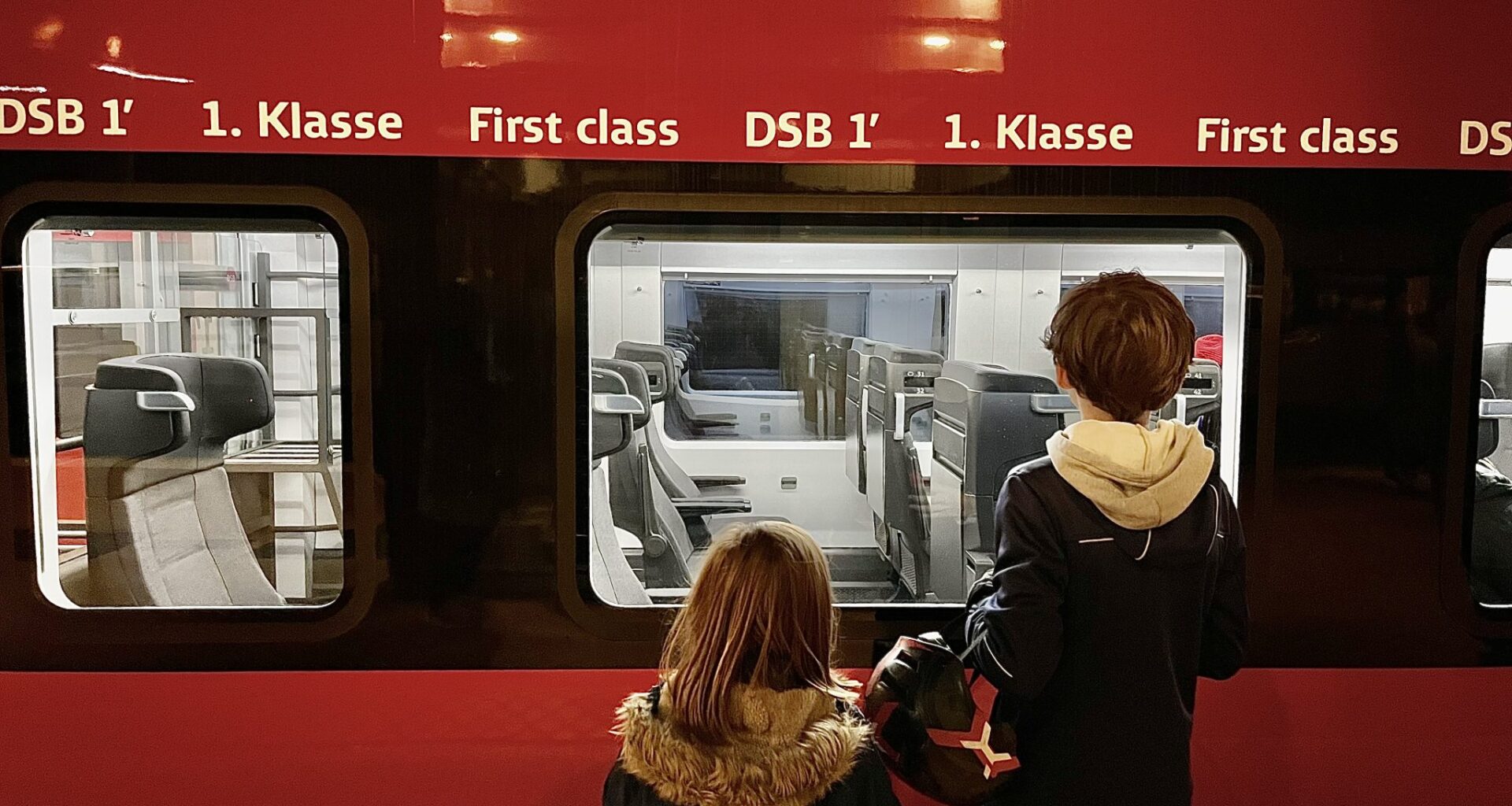The Talgo 230 platform has secured back-to-back approvals in northern Europe, with Denmark and Germany both signing off on the Spanish manufacturer’s new intercity fleet. That clears the way for EuroCity trains between Copenhagen and Hamburg and coincides with the first contractual handovers of ICE L units to Deutsche Bahn.
Two major approvals in quick succession have cemented Talgo’s foothold in northern Europe earlier this month. The Danish Railway Safety Agency (Trafikstyrelsen), Germany’s Federal Railway Authority (EBA) and the European Union Agency for Railways (ERA) jointly authorised DSB’s new EuroCity fleet. That was followed by Deutsche Bahn confirming formal acceptance of its first ICE L unit, a contractual step that marked the start of deliveries from a 2019 framework covering up to 100 trains, after the trains received regulatory approval in August.
Talgo said the certification showed “the trust of the first and largest railway operator in the European Union” and demonstrated its ability to meet “the highest technical and quality standards” across borders.
Copenhagen to Hamburg by EuroCity
For Denmark, the authorisation clears the way not only for new domestic routes but also for long-awaited EuroCity services to Hamburg and Aarhus, strengthening one of the country’s busiest international corridors. The route has long been constrained by ageing rolling stock and limited capacity, and DSB sees the Talgo fleet as the tool to finally modernise its cross-border services and win back passengers from competing modes.
 The Hamburg-Copenhagen route is set for new rolling stock. © Konstantin Planinsky/Talgo
The Hamburg-Copenhagen route is set for new rolling stock. © Konstantin Planinsky/Talgo
DSB has 16 trains on order under a 500 million euro framework contract signed in 2020, which was expanded in 2021 with extra cars to raise capacity by 10% and again in 2023 with a third batch of eight additional units worth 184 million euros. Each EuroCity set can be formed from nine to fifteen coaches and carry up to 492 passengers. The fleet includes both first and second class cars as well as a dedicated coach for travellers with reduced mobility, while end cars are built to couple with DSB’s existing locomotives. A push–pull driving trailer will follow later to shorten turnarounds at terminal stations.
Although the EuroCitys share much of their design with Deutsche Bahn’s ICE L fleet, Trafikstyrelsen still required additional testing to confirm interoperability. This included electromagnetic compatibility checks to ensure the trains could operate seamlessly across both Danish and German networks. The result is a fleet tailored to the needs of dense, multi-stop corridors, giving DSB a modern intercity product after years of relying on outdated rolling stock.
DB takes delivery of Talgo ICE L
Just days after the Danish authorisation, Deutsche Bahn confirmed formal acceptance of its first ICE L unit — a contractual handover that marks the beginning of deliveries from Talgo’s 230 platform. The acceptance follows regulatory approval granted by ERA and EBA in August, and paves the way for the ICE L fleet to enter service from December.
 Deutsche Bahn has accepted its first ICE L train. © Talgo
Deutsche Bahn has accepted its first ICE L train. © Talgo
The order stems from a 2019 framework contract covering up to 100 trains, awarded after a competitive tender. DB has so far placed two firm orders: 23 trains in the first batch, followed by a second order for 56. The first four units are due to complete acceptance this year, with more to follow in 2026 and beyond. In parallel, Talgo is progressing with certification of its BR 105 locomotives and the driving trailers that will allow push–pull operation, both designed and built in Spain.
Already have a subscription? Log in.
Or
Want to read this article for free?
You can read one free article per month. Enter your email and we’ll send you a free link to access the full article. No payment required.

